F-35 Program - General Discussion
- Thread starter OPSSG
- Start date
Sandhi Yudha
Well-Known Member

Biden admin moving ahead with UAE F-35, drone sales for now
A nonprofit is expected to file a legal challenge in an attempt to cancel the sale, started under the Trump administration.
|"....which includes 50 F-35s, 18 MQ–9B Reapers, as well as thousands of munitions and hundreds of missiles. The total sale comes with an estimated $23 billion price tag."|
In these difficult times $23 billion is a lot. (Also in the times before.) One of the reasons to think twice about the export of such advanced and sensitive equipment is that the technology can leak to other countries. But still, not exporting this equipment to UAE means that someone else will offer their stuff.
John Fedup
The Bunker Group
I think a great deal of the F-35’s tech has already been obtained and missing info can likely be obtained from other users more easily than from the UAE, short of the UAE embracing China as its new best friend. The harder thing to steal is the expertise to actually manufacture this technology, military jet engines for instance.
Biden admin moving ahead with UAE F-35, drone sales for now
A nonprofit is expected to file a legal challenge in an attempt to cancel the sale, started under the Trump administration.www.defensenews.com
|"....which includes 50 F-35s, 18 MQ–9B Reapers, as well as thousands of munitions and hundreds of missiles. The total sale comes with an estimated $23 billion price tag."|
In these difficult times $23 billion is a lot. (Also in the times before.) One of the reasons to think twice about the export of such advanced and sensitive equipment is that the technology can leak to other countries. But still, not exporting this equipment to UAE means that someone else will offer their stuff.
IPCR_quad
Member
The US officially expels Turkey from F-35 program. This is expected considering CAATSA applies when Turkey chose to buy S-400 in 2017. However, the expulsion raises engine price and therefore the overall cost of buying F-35 for any customer.
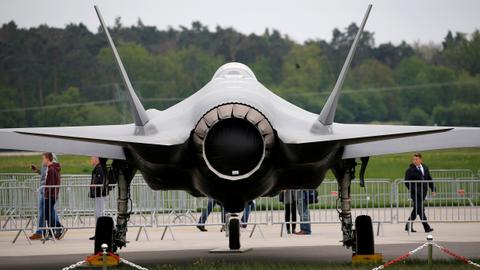
 www.trtworld.com
www.trtworld.com

 www.defensenews.com
www.defensenews.com

US formally removes Turkey from F-35 programme
The Pentagon has updated the Joint Memorandum of Understanding that says the other participants – US, UK, Italy, Netherlands, Australia, Denmark, Canada and Norway – will remain in the programme.

Turkey’s removal from F-35 program to cause hike in engine price
By the end of the year, Turkey will no longer supply parts for the F-35's engine.
Thanks for the linkA solid overview from a YT channel that is beginning to impress me.
Certainly some solid information.
An articulate, impressive broad overview of the F35 program.
Certainly reinforces the attributes of the F35.
Much to take from the post, but one statistic that stood out was the expectation of the F35 flying out to 2077.
What ever the reality of that date, it does suggest the last " manned "fighter pilots may not yet be born, with the expectation fighter pilots still have a future in the decades ahead.
This will be relevant to all Air forces and will no doubt be an influence on the future composition of the RAAF.
Certainly a good call going with the F35 when we did.
Regards S
John Fedup
The Bunker Group
This Airforce magazine article provides a current assessment of the F-35 program and suggests on going issues need to be addressed quickly, nothing really new, very capable fighter but has serious support and CPFH problems. Given the pressing economic issues the US faces, and the need to work on other critical military programs, the F-35 is an attractive target for cost savings. Can the NGAD fighter be a partial solution? WRT vendor performance I can’t see the NGAD fighter being an improvement if the vendor is LM given their overall performance on the JSF. To be fair, P&W’s F135 engine is responsible for a considerable amount of grief associated with the program.
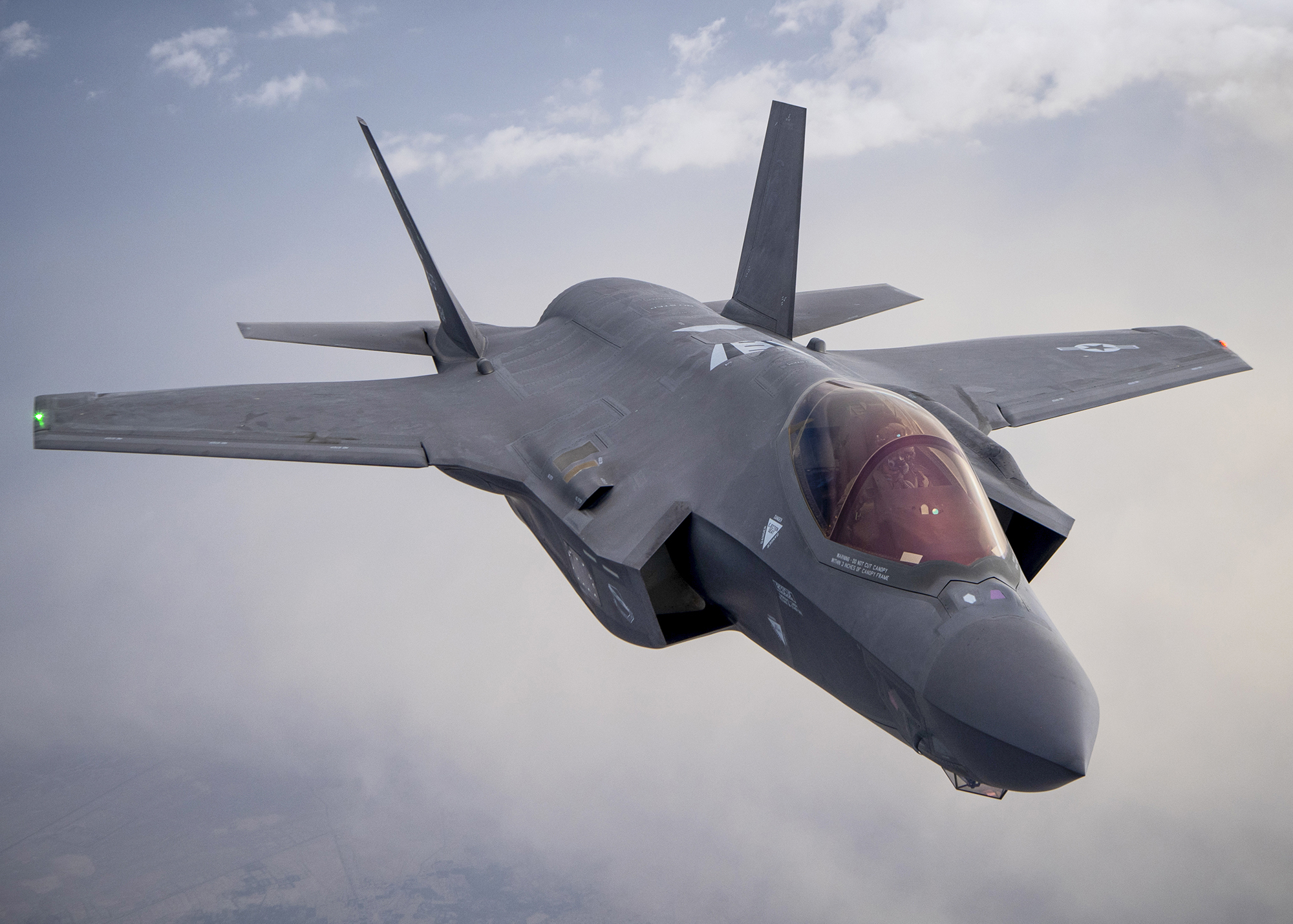
 www.airforcemag.com
www.airforcemag.com

Make-or-Break Time for the F-35 | Air & Space Forces Magazine
The Air Force’s most important program faces increased scrutiny as high costs, low availability, and other problems continue.
John Fedup
The Bunker Group
This article points out an important positive factor wrt the F-35, namely the huge export success. Most buyers did intense evaluations on alternatives and the F-35 won. The comparison with another controversial program, the V-22, is interesting. Nobody really bitches and moans about it anymore despite its troublesome development because it now does what was promised. The F-35 will to but hopefully a peer to peer war isn’t needed to prove it.
 www.nationaldefensemagazine.org
www.nationaldefensemagazine.org
The F-35 Question - Value vs. Price Tag
The F-35 Question - Value vs. Price Tag
In recent interview about F-35's electronic and stealth capabilities, Lockheed's sales rep Scott Davis said that "F-35's jamming capability works through its AESA radar modules". F-35 doesn't have separate emitter for jammer (the fact that ASQ-239 is about 40kg lighter than for example ALQ-214 hints to this direction too). I suppose datalink and radio emitters could be, at least in theory, used to some very modest jamming abilities and there was a presentation which sort of hinted to this direction.Interesting little promo from LM here about the F35's EW capabilities. One of the criticisms leveled at the F35 by detractors like APA was that it lacked a towed decoy (then the AN/ALE-70 became public knowledge) and that its jamming capability was confined to the forward 120 degree arc covered by the APG-81 AESA, only within its native X-band. The clip below is the first piece of promotional material I have seen that explicitly depicts a 360 degree active emitting/jamming/EA capability, which would make sense if present.
Now, given that this is merely marketing material, it is obviously not safe to make any assumptions about what features are or are not present on the aircraft. Rather, my take-away is that it is never safe to make superficial assumptions about highly secretive systems, with the EW capabilities of a state-of-the-art stealth fighter being a prime example.
Boagrius
Well-Known Member
Promising news on the propulsion front, with the XA100 making progress
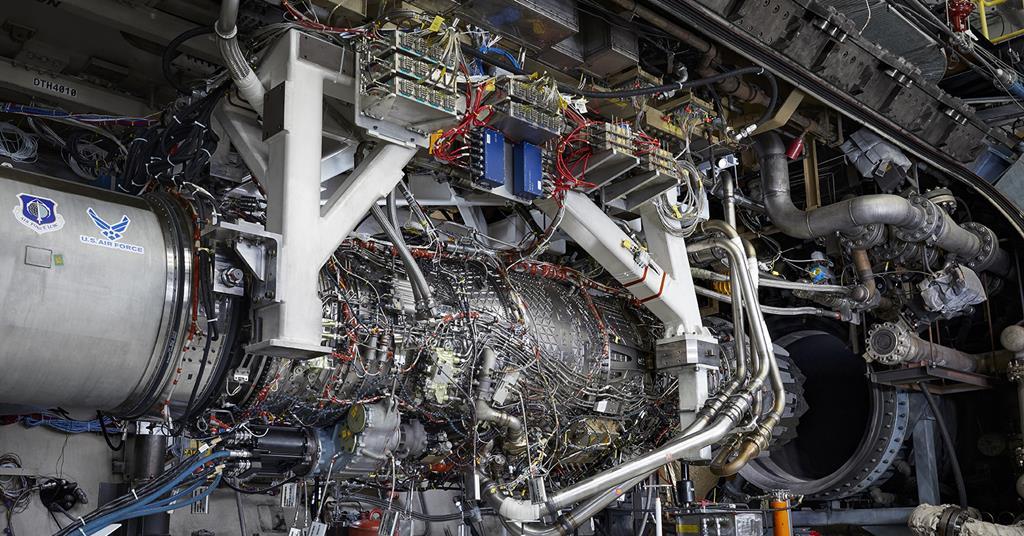
 www.flightglobal.com
www.flightglobal.com
GE Aviation has wrapped up testing on its first XA100 prototype, an adaptive cycle engine.
An adaptive cycle engine is a novel turbine that can change air flow through three different air streams, depending on an aircraft’s need for efficiency or extra power. The US Air Force (USAF) has been funding development of the engine type since 2007.
Testing on the XA100 started in December 2020. The prototype showed performance and mechanical behaviour were consistent with pre-test predictions, says GE Aviation on 13 May. The engine met the USAF Adaptive Engine Transition Program (AETP) objectives, the company says.
“We were exceptionally pleased with how the engine performed throughout the test,” says David Tweedie, GE Edison Works’ general manager for advanced combat engines. “We’re looking forward to working with the Air Force and other stakeholders to identify the next steps toward bringing this revolutionary capability out of the test cell and into the hands of the warfighter.”
The USAF is interested in re-engining the Lockheed Martin F-35A stealth fighter with an adaptive engine to increase the aircraft’s 1,200nm (2,222km) range, which is viewed as too short for attacking targets within China. The fighter currently is powered by the Pratt & Whitney F135 turbine engine.

GE Aviation finishes testing on first XA100 adaptive cycle engine
The US Air Force is interested in re-engining the Lockheed Martin F-35A stealth fighter with an adaptive engine to increase the aircraft's 1,200nm (2,222km) range, which is viewed as too short for attacking targets within China.
- Thread Starter Thread Starter
- #1,391
GE Aviation is desperate to have a product that can fight against Pratt & Whitney’s F135. Unfortunately, for the F-35 fleet, the Pratt & Whitney F135 engine is experiencing longer repair periods, and high temperatures that are producing cracks in turbine blades. In addition, maintainers are discovering “premature distress of rotor blade coatings” in a “small number” of engine power modules, creating more repair work and contributing to the backlog.
The claims are pretty amazing, if the MTBF can be managed. GE Aviation claims an adaptive cycle engine from AETP, could in the future, deliver to an aircraft, like the F-35A:Promising news on the propulsion front, with the XA100 making progress
- a 50% improvement in loiter time,
- a 35% increase in range,
- a 25% reduction in fuel consumption,
- 10% increase in thrust, and 60% more heat absorption.
Last edited:
John Fedup
The Bunker Group
Very impressive claims and hopefully realized in eventual production engines. Equally important is keeping all the extensive testing data and ceramics/manufacturing technology secure from the usual suspects. This research will keep the US in the military fast jet engine lead, probably one of the few truly significant advantages currently enjoyed by the USAF/USN.GE Aviation is desperate to have a product that can fight against Pratt & Whitney’s F135. Unfortunately, for the F-35 fleet, the Pratt & Whitney F135 engine is experiencing longer repair periods, and high temperatures that are producing cracks in turbine blades. In addition, maintainers are discovering “premature distress of rotor blade coatings” in a “small number” of engine power modules, creating more repair work and contributing to the backlog.
The claims are pretty amazing, if the MTBF can be managed. GE Aviation claims an adaptive cycle engine from AETP, could in the future, deliver to an aircraft, like the F-35A:
It is thought that additional cooling capacity could be useful for managing heat coming off directed energy weapons, such as lasers.
- a 50% improvement in loiter time,
- a 35% increase in range,
- a 25% reduction in fuel consumption,
- 10% increase in thrust, and 60% more heat absorption.
Terran
Well-Known Member
Part of that backlog is that the first block of F135 engines are already in shop for their 5 year overhaul on top of the other issues. With the USAF only having one facility operating to do all the work. According to February’s report on the issue they were also looking to add a second shift at the Tinker AFB F135 plant to try and double expected output starting next month. An engine shortage is the newest problem to hit the F-35 enterpriseGE Aviation is desperate to have a product that can fight against Pratt & Whitney’s F135. Unfortunately, for the F-35 fleet, the Pratt & Whitney F135 engine is experiencing longer repair periods, and high temperatures that are producing cracks in turbine blades. In addition, maintainers are discovering “premature distress of rotor blade coatings” in a “small number” of engine power modules, creating more repair work and contributing to the backlog.
The claims are pretty amazing, if the MTBF can be managed. GE Aviation claims an adaptive cycle engine from AETP, could in the future, deliver to an aircraft, like the F-35A:
It is thought that additional cooling capacity could be useful for managing heat coming off directed energy weapons, such as lasers.
- a 50% improvement in loiter time,
- a 35% increase in range,
- a 25% reduction in fuel consumption,
- 10% increase in thrust, and 60% more heat absorption.
Don’t get me wrong I can’t wait to see what the X100 has to offer but reality is it’s going to be a while before they have that fully mission ready to drop on any Lightning.
Boagrius
Well-Known Member
Behind a paywall, but an interesting concept:

 www.flightglobal.com
I've seen this idea discussed a fair bit online, but surprising to see it actually explored. The AIM120C seeker must be getting a little old in the tooth now, but I imagine this could be handy for targeting HVAs like AWACS/ISR aircraft, tankers and the like. Should have some serious legs on it...
www.flightglobal.com
I've seen this idea discussed a fair bit online, but surprising to see it actually explored. The AIM120C seeker must be getting a little old in the tooth now, but I imagine this could be handy for targeting HVAs like AWACS/ISR aircraft, tankers and the like. Should have some serious legs on it...

Raytheon looks at integrating AMRAAM-ER in F-35A internal carriage
The US Air Force's F-35A could field two examples of the larger missile, one in each internal weapons bay.
Boagrius
Well-Known Member
Some more good news for the program:
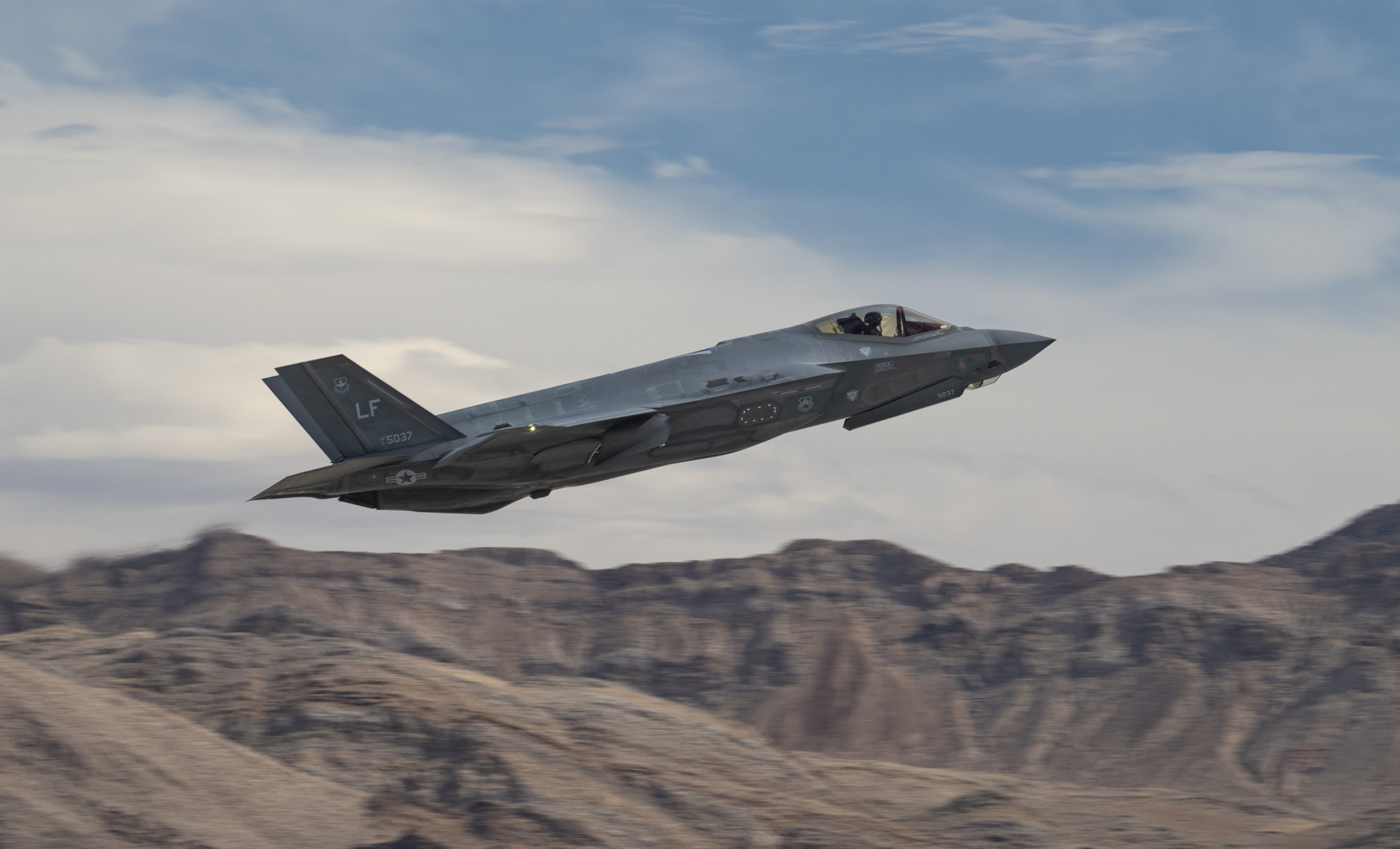
 www.airforcemag.com
www.airforcemag.com
The Air Force’s fighter fleet, led by the F-35A, turned in a better overall mission capable rate in 2020, even with limitations imposed by the pandemic, than it did in 2019, according to figures provided to Air Force Magazine. The F-35’s MC rates soared, and rates even improved for the F-15C, which the Air Force is anxious to divest because of its age. The F-15E’s MC rate declined, however.


Air Force fighters' mission capable rates rise in 2020 | Air & Space Forces Magazine
The Air Force's fighter fleets mostly raised their mission capable rates in fiscal 2020, especially the F-35.
Last edited:
John Fedup
The Bunker Group
There have been numerous complaints about the F-35’s CPFH. This article describes a “cost-per-effect” analysis to better judge the F-35 cost. It seems to be reasonable assuming the stealth capability remains viable. For low level threat environments, 4th Gen will
still be more cost effective.

 warriormaven.com
warriormaven.com
still be more cost effective.

U.S Navy F-35s Cost-per-Effect. How F-35s Save Money in Combat
By Kris Osborn - Warrior Maven (Washington, D.C.) During a Red Flag wargame exercise several years ago, a single F-35 was able to find, identify and destroy a
Hmm, maybe they should install the probability drive and flux capacitor. That would cut down on the CPFH. IIRC the flux capacitor works best with dilithium crystals.There have been numerous complaints about the F-35’s CPFH. This article describes a “cost-per-effect” analysis to better judge the F-35 cost. It seems to be reasonable assuming the stealth capability remains viable. For low level threat environments, 4th Gen will
still be more cost effective.

U.S Navy F-35s Cost-per-Effect. How F-35s Save Money in Combat
By Kris Osborn - Warrior Maven (Washington, D.C.) During a Red Flag wargame exercise several years ago, a single F-35 was able to find, identify and destroy awarriormaven.com
An interesting read and could be a possible metric. However it could be somewhat subjective too though because even within the 4 Gen aircraft there are subsets and subsets within those subsets. For example how would you compare the F-15EX against F-16V, F-18E/F, lastest Typhoon and / or Rafale variants. Each one has its pros and cons. Yes I am being pedantic but I am trying to illustrate the point that you could be complicating matters further.
John Fedup
The Bunker Group
WRT to the USN, the only 4th option is the SH. Harder to the USAF but realistically they certainly need both the F-16 and F-15 for now but the F-15EX should be the only future 4th Gen production jet. Hopefully F-35 CPFH drops enough to replace the F-16 requirement.
John Fedup
The Bunker Group
A lengthy interview with three F-35 pilots offering perspectives on the F-35 along with information pointing out the differences in flying between the F-35 and 4th fighters. It provides the rationale on why so many competitions for new fighters have been won by LM despite all the media negativity.
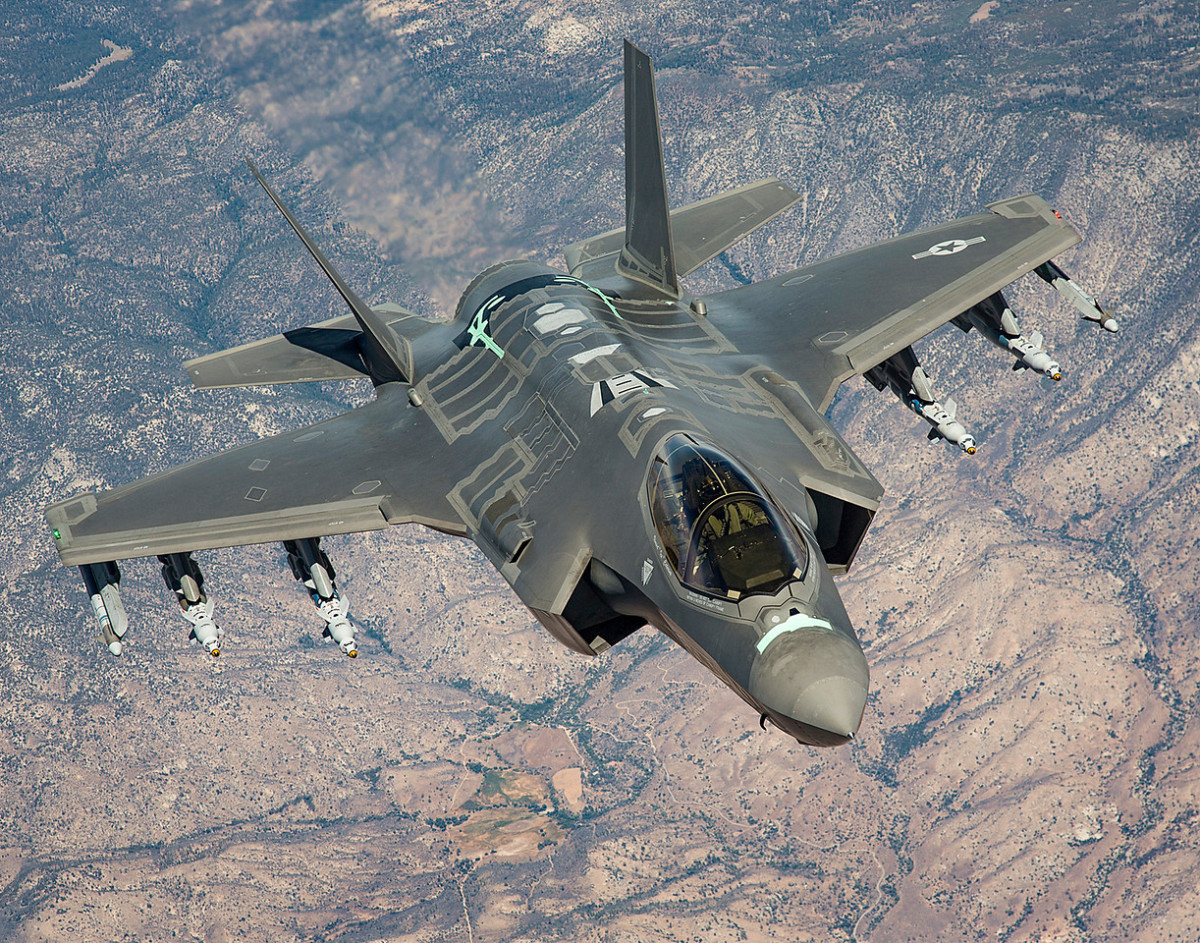
 warriormaven.com
warriormaven.com

5th-Gen vs 4th-Gen: F-35 Fighter Pilots Compare 4th-Gen Jets to F-35
By Kris Osborn - President & Editor-In-Chief, Warrior Maven With all of the discussion, debate and criticism swirling around the F-35 regarding its long term
John Fedup
The Bunker Group
Somewhat surprised about AETP engine compatibility for the F-35. I can understand why the B would be problematic but I was surprised the C internal engine space requires a modified version to fit.
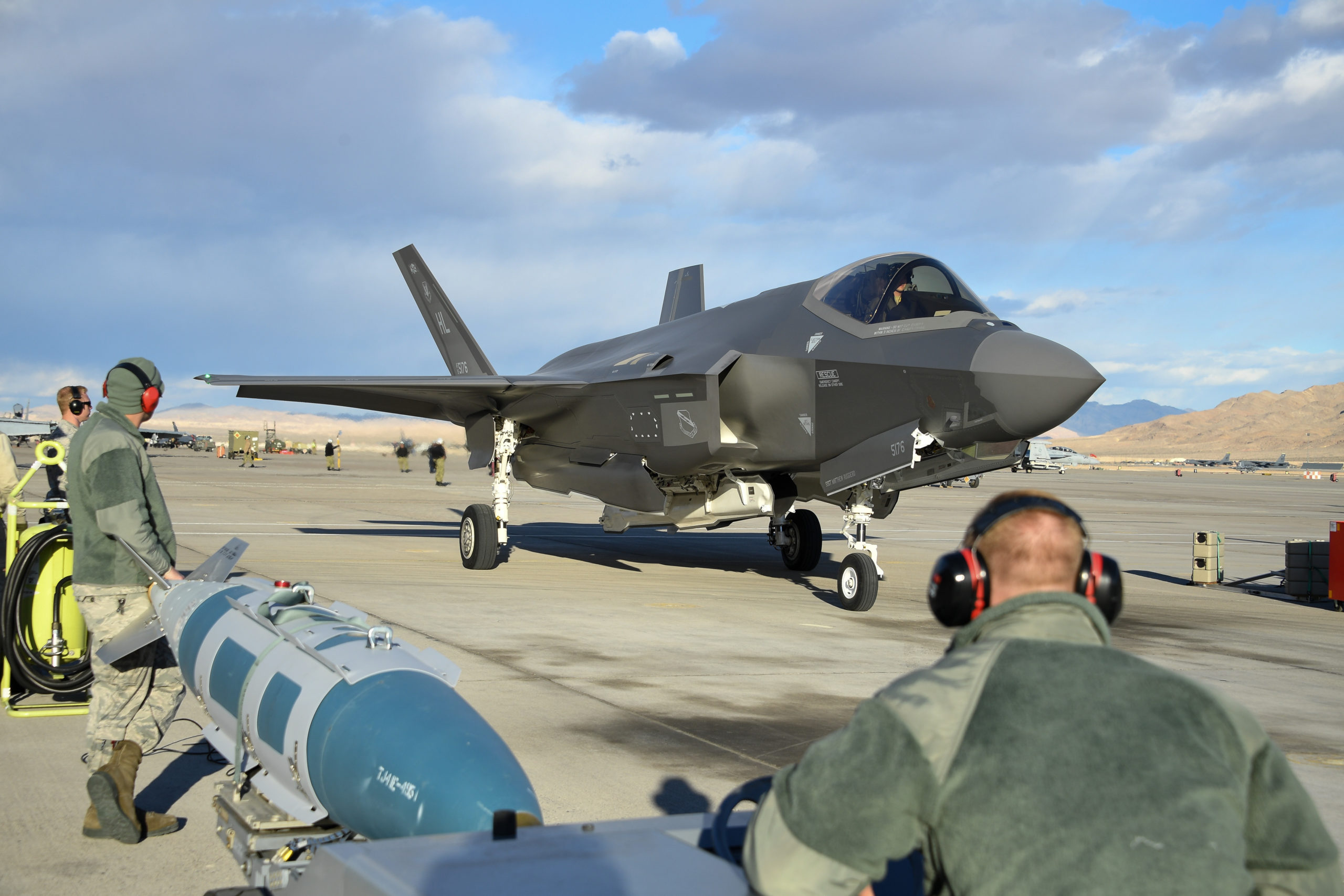
 www.airforcemag.com
www.airforcemag.com

Adding New AETP Engine to F-35 Means Air Force Alone Would Pay for It | Air & Space Forces Magazine
If the Air Force decides to use the Adaptive Engine Technology Program in its F-35 fleet, it will have to take on the full cost, Lt. Gen. Eric T. Fick said.
